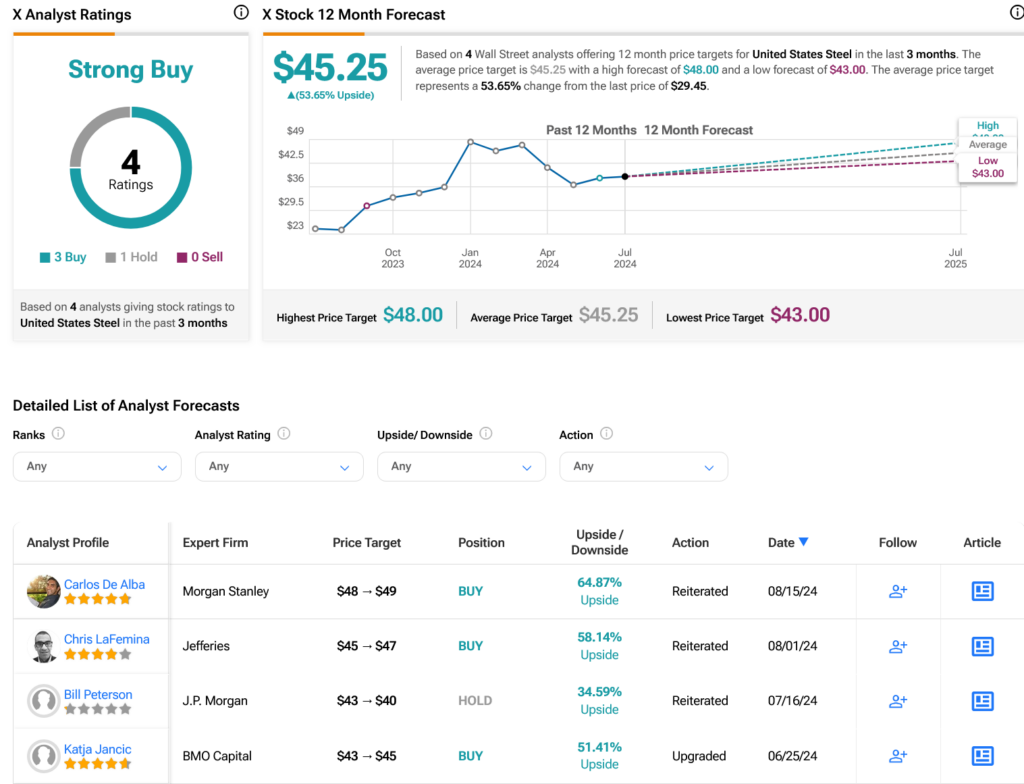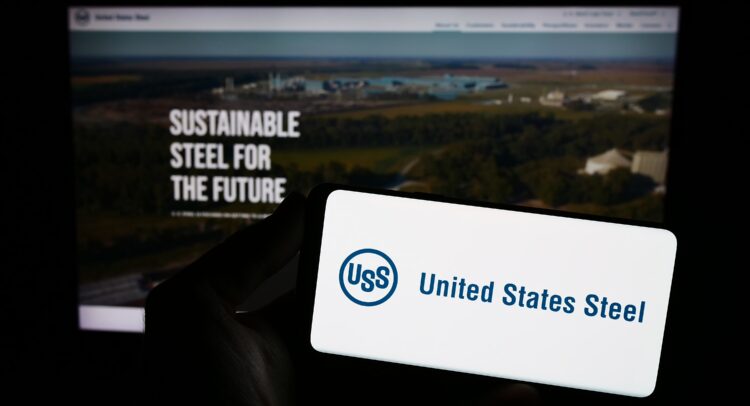For a while, the news of steelmaker U.S. Steel (X) getting acquired by Nippon Steel was a hot-button political issue. Now, however, that button has gone from hot to hammered as the Biden Administration is suddenly poised to shut the whole thing down. The news did not sit well with U.S. Steel investors, who bailed out in droves and took over 17% of the company’s market cap with them in the closing minutes of Wednesday’s trading.
There was an odd dichotomy running through the Democrat camp on this one. Indeed, Tim Walz had come out in favor of the deal as far back as June, while Kamala Harris came out against it just days ago. Nevertheless, the Biden Administration seems to have woken up after several months of doing absolutely nothing about this.
The move will likely not sit well with Americans, though, as a U.S. Steel that remains unpurchased will likely resort to layoffs and plant closures. That is the word from David Burritt, U.S. Steel’s current CEO. The influx of cash from Nippon Steel is now effectively vital to getting older plants upgraded and running sufficiently well to make them cost-effective and, thus, remain open.
A Potential Disaster Afoot
Losing Nippon Steel as a buyer means, of course, losing all the investment that would have gone into it. That includes, at last report, $2.7 billion in mills around Gary, Indiana, and Pittsburgh, Pennsylvania.
Meanwhile, even as the government in all its various incarnations, from Biden to Trump and beyond, criticizes the deal, the union—United Steelworkers—continues to rail against the deal as well. Reports note that the union simply does not trust what Nippon Steel has said so far and believes that several major points, from wages to pensions, will be at risk of being reduced or eliminated altogether should the deal go through in its current form.
Is U.S. Steel a Good Stock to Buy?
Turning to Wall Street, analysts have a Strong Buy consensus rating on X stock based on three Buys and one Hold assigned in the past three months, as indicated by the graphic below. After a 4.35% loss in its share price over the past year, the average X price target of $45.25 per share implies 53.65% upside potential.

















